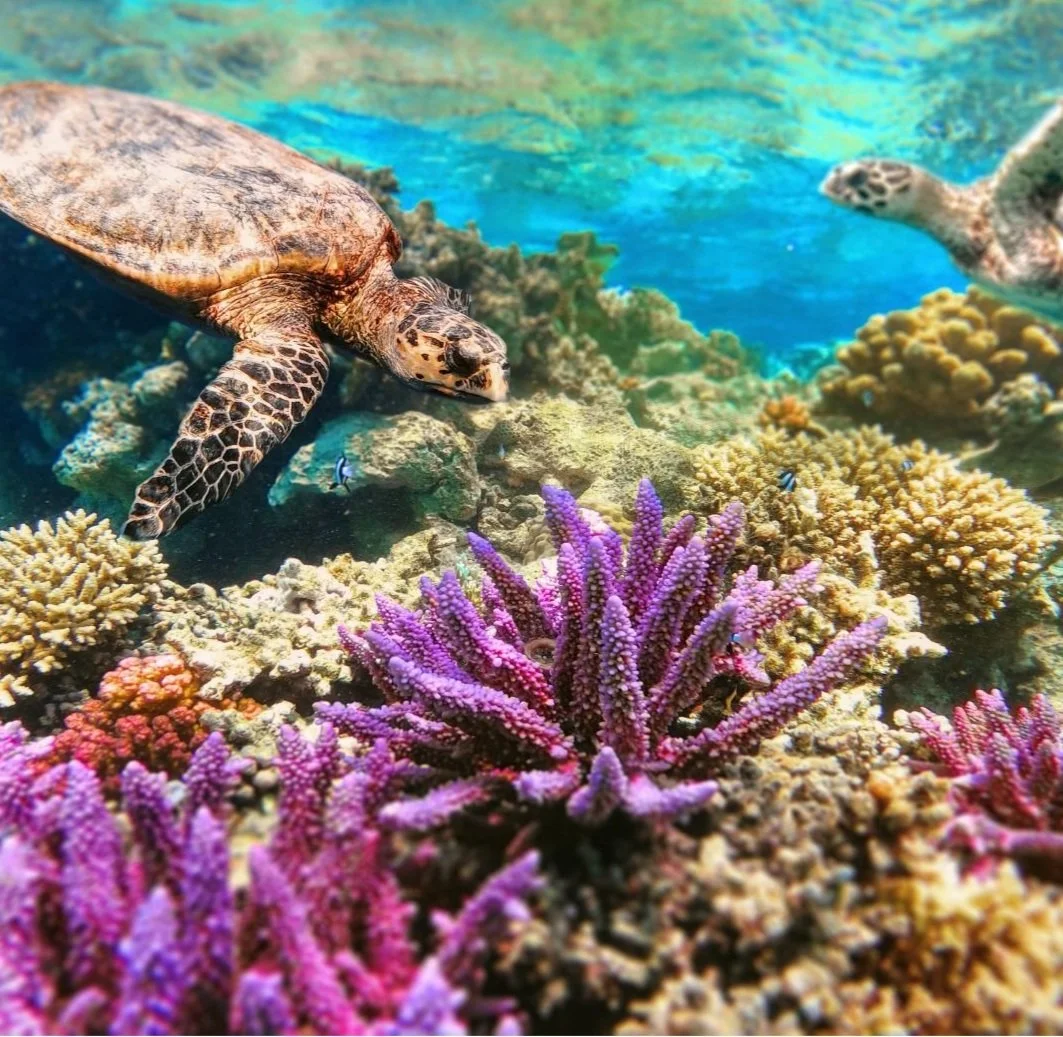
Protect Our Oceans.
A dedicated 501(c)(3) from SafeSmartOcean.org.
Photo by Kelsey Williamson
Marine Wildlife Deserves a Solution
Acoustic Underwater Internet Technology threatens to disrupt life for fish, whales, dolphins, coral reefs and more. Help us by supporting a fiber-optics based network.
Artist representation of the acoustic network by Isa Maria.
“The smart ocean” is an underwater IOT (internet of things) designed to aid communication and internet connectivity, marine life tracking, military surveillance, and pollution detection.
Underwater sensor stations transmit data via sound waves to buoys, then convert it to WiFi signals for transfer to cell towers and satellites.
The network is already in the final approval process, soon to be manufactured and rolled out.
The acoustic network can cause the loss of important ocean resources.
We are working to find alternatives.
Meet Our Team
-

Kathy Matara, PhD
Environmental Safety Advocate and Founder and Director of Safe Technologies and the Quiet Ocean Standards Initiative
-

Timothy Schoechle, PhD
Computer Engineering and Policy Scientist
-

Patrick J.O. Miller, BSFS, BS, PhD
Marine Biology Professor at St. Andrews University, Scotland
-

Victorine Lambert
Marine Biology Graduate Student, Canada

How we are helping
We represent the United States, Scotland and Canada on ISO planning committees helping to set “smart ocean” technology standards:
International Internet of Things (IoT)
Underwater Internet of Things (UIoT)
International Standards Organization (ISO)
International Electro-Technical Commission (IEC).
American National Standards Institute (ANSI)
We have established a New Joint Working Group for these committees:
Our working group has the crucial task of developing the Environmental and Ecological Risk Assessment and Technical Report to the International Standards Committee, who will vote on the technical standards to be adopted for the underwater network. Safe Smart Oceans founder and director Kathy Matara, PhD, has been chosen as Convener of the new working group.
We are leading the charge away from acoustic technology and towards solutions that prove safe for ocean life (such as fiber optics).
Photo by Kelsey Williamson
Animals impacted by underwater acoustic signals

What does an acoustic underwater internet sound like?
You may think this sounds too unlikely to be real. It is real.
How can we make it safer for ocean life? By immediately converting the plan from a loud acoustic (sonar) network to a quiet, fiber-optic (cable) network.

Fiber Optics are a marine life and animal-friendly solution
Quiet
Replaces the need for loud data encoded sound waves that disrupt ocean life.
Clear and Reliable
Fiber optic signal is not blocked by passing ships or other obstacles.
Safe
Significantly reduces risk to wildlife and humans.
We must act now.
The underwater network must be converted from the planned acoustic (sonar) wireless system to a quiet (fiber-optic) cable network or other safe and quiet multi-modal network options, before the only underwater network system is approved and finalized.

Get Involved
Your donation enables the Quiet Ocean Standards Initiative team to collect the crucial environmental impact research and write the technical report that will guide the standards committees to choose network specifications that function in harmony with the marine habitat and do not fill the world's oceans with constant, loud, shrill noise.







